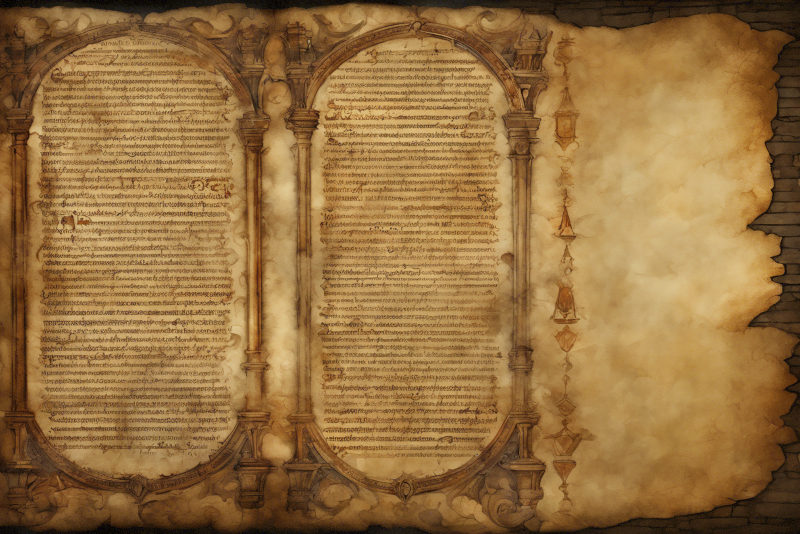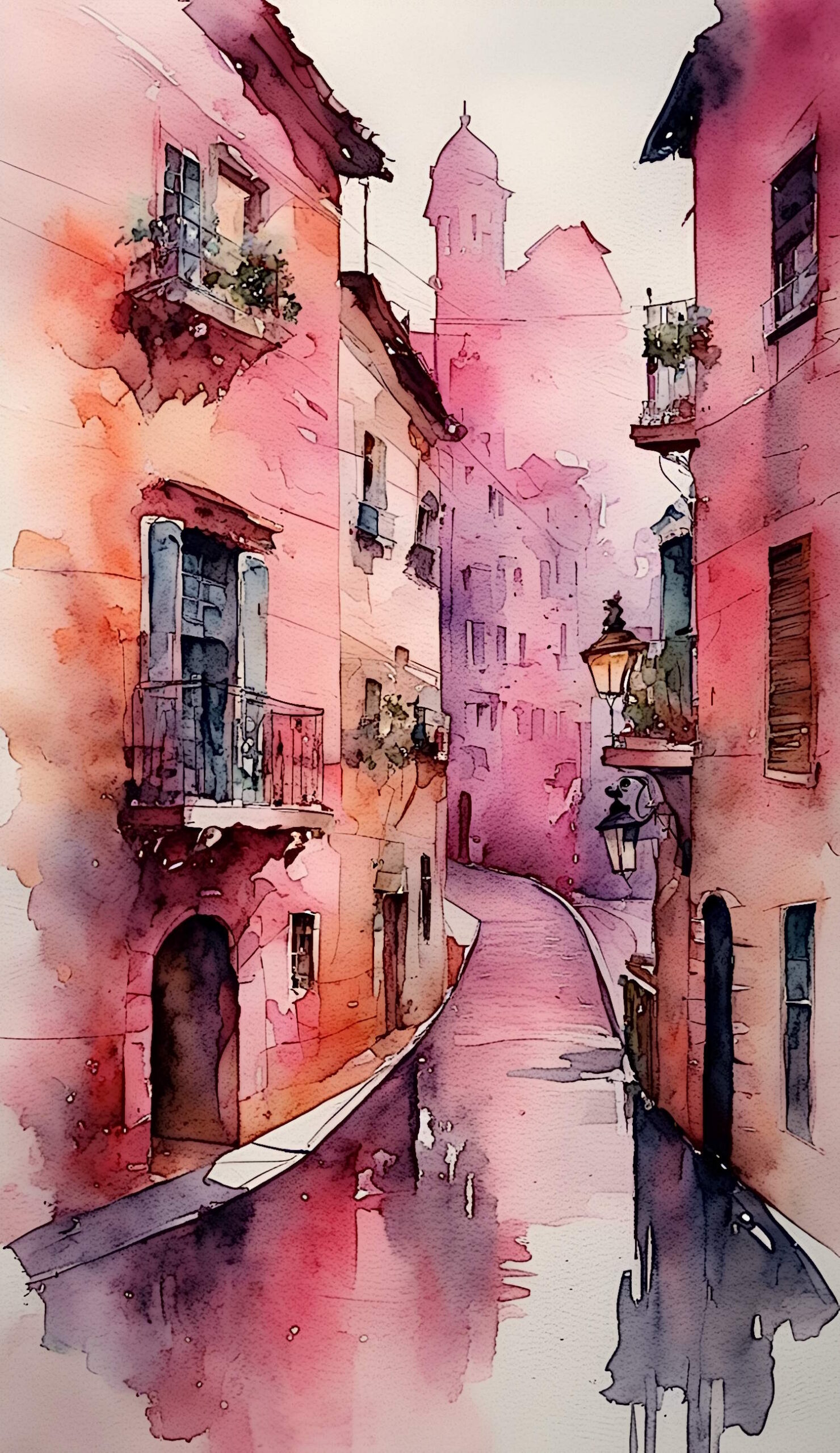-
The Origins of Rome History and legend blend irretrievably together when we attempt to explain the origins of Rome. Leaving aside what tradition tells, long before the city was founded, the peninsula of Italy was inhabited by many different groups of people. Some of…
-
The Muratorian fragment also called Canon Muratori, is the oldest known cast or index of the New Testament books. It was discovered by Ludovico Antonio Muratori (1672–1750), father of Italian historiography, in Latin from the 8th century, originating from Bobbio Abbey and discovered in…

-
Sometimes I am given pause to ask; "What can I do to contribute to nature conservation?" Here are some of the things that I have on my list to answer that question: Recycling Use less water Lower heating consumption Get around on the road,…
Month: September 2020
About
Life’s a painting and you’re the artist. But you are never finished. Each day is made up of a dozen different sketches, alone they will never be more than that, a sketch, yet they make up the context of our lives.
This is my sketch, one done with love.
Olivia
Recent Updates
Site Links

